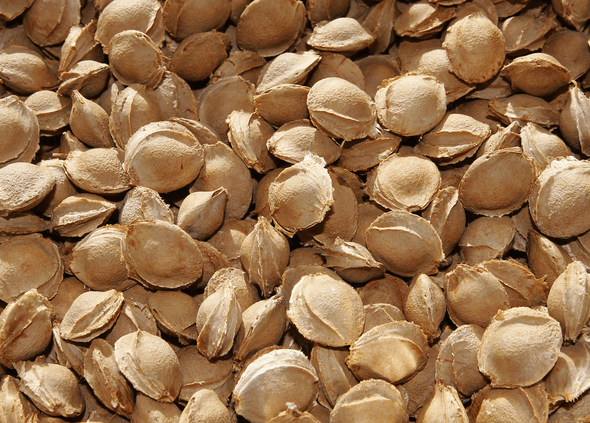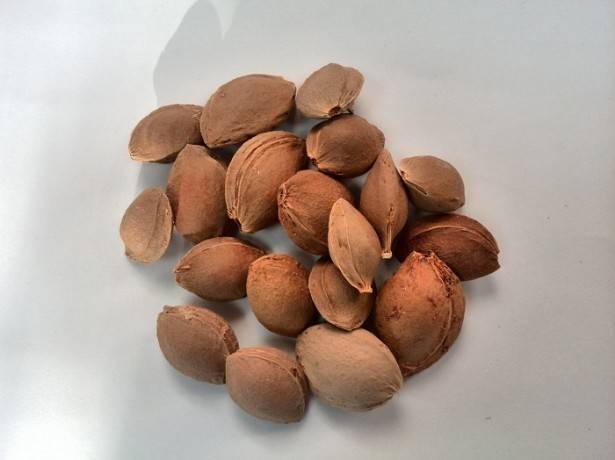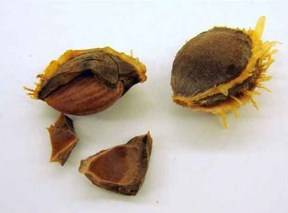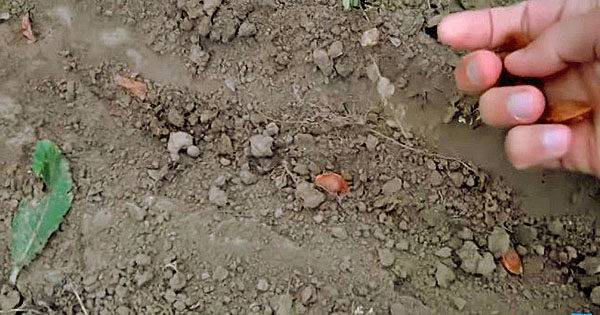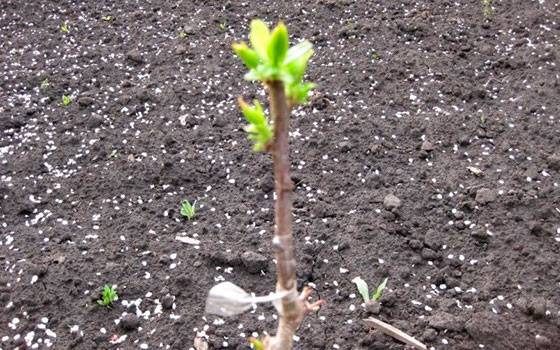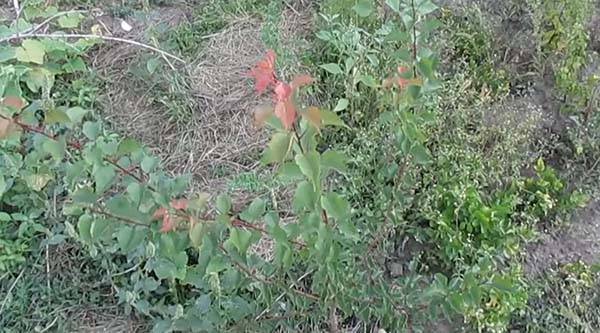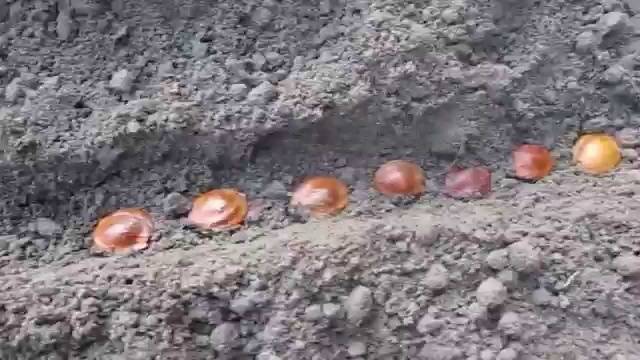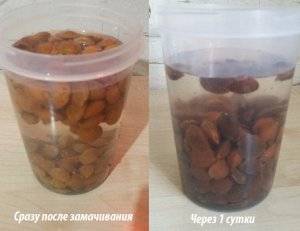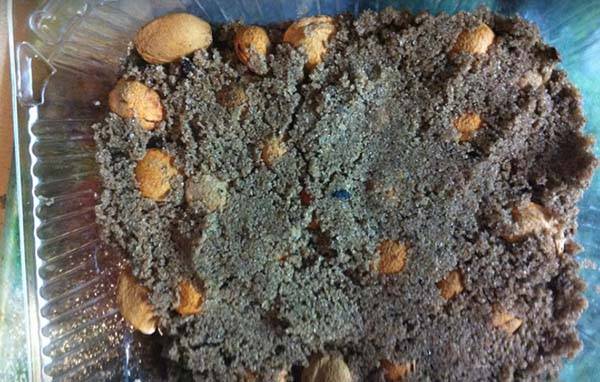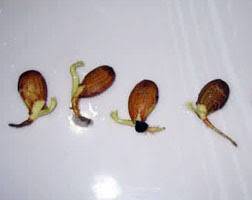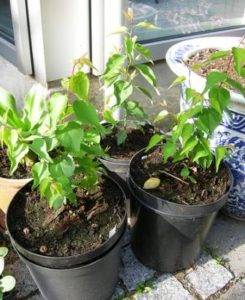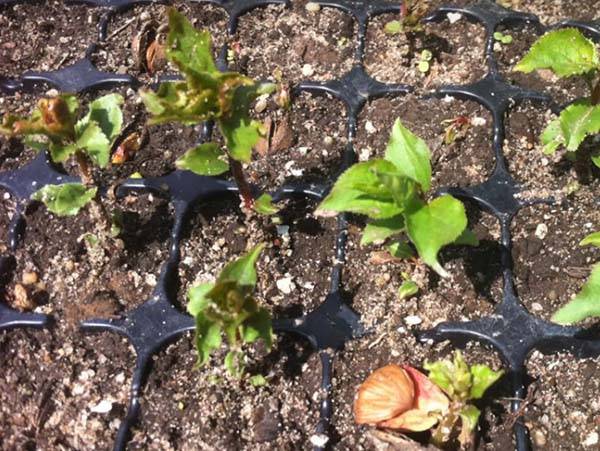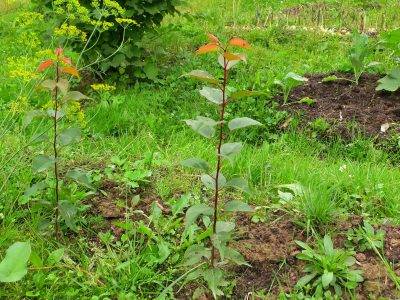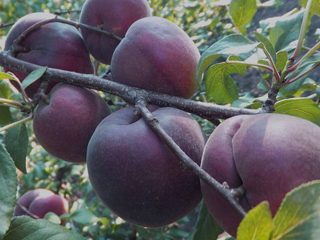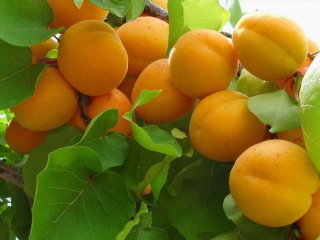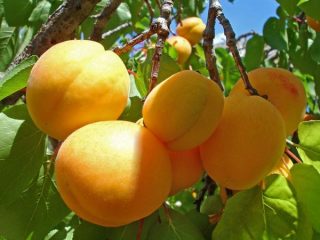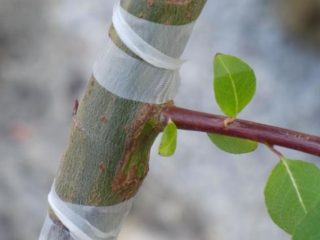Content
To grow an apricot from a seed, just throw it into the ground and a sprout will sprout the next season. However, real gardeners take the process of stone fruit propagation seriously. We offer you to consider the entire growing technology in step-by-step instructions.
Is it possible to grow an apricot from a seed?
Any apricot grown from a seed will bear fruit, but parental qualities are very rarely inherited. However, there are some advantages here. If you grow, for example, an apple tree from a seed, it will grow into a wild one. With apricot it's the opposite. A fruit-bearing cultivated tree grows, sometimes surpassing its parents in characteristics.
Seeds are often planted in the fall. The easiest option is to bury them in the garden. The advantage of this method is hardening during the winter.The downside is that the seeds are eaten by rodents. Here we need to soberly assess the situation. If there are a lot of seeds, then it’s easier to take a chance by sowing a plot on the street. When there is a limited amount of planting material, and even a valuable variety, it is better to grow seedlings using a closed method.
Most gardeners have a general opinion that the apricot tree obtained from a seed at home is better adapted to the local climate, soil, and is easy to care for. If you plant a seedling of the same variety brought from another area, the plant will suffer for a long time, take root, and maybe even die.
It is better to collect apricot kernels for planting from local trees. If there are none or you want to start a new variety, you can ask your gardening friends to send you planting material by mail. It is advisable that they live in cold regions, such as Siberia. Apricot from a harsh climate is guaranteed to take root in any terrain.
Most gardeners argue that it is better not to germinate seeds in a closed way. The seedling turns out to be weak and will not survive the winter after planting. It is optimal to immerse the seeds in open ground. To prevent rodents from eating them, they should be planted in late autumn before frost or in April.
How to grow an apricot from a seed: step-by-step instructions
All planting and caring for apricots grown from the seed takes place according to clearly planned actions. This is the only way to guarantee growing a fruit-bearing tree.
Step 1. Selecting and preparing seeds for planting
Seeds for planting are obtained from ripe fruits. It’s even better to take overripe apricots. The pulp should separate well. This sign indicates the maturity of the planting material. However, there are varieties in which even overripe pulp is difficult to separate. This is most often observed in apricots, which bear small fruits. This is a kind of half-witness. There is no point in growing them at home, except perhaps for a rootstock.
If possible, collect a lot of seeds. Not all of them will germinate, but from the resulting seedlings there will be a choice of strong seedlings. Before planting, the seeds are washed and left covered with clean water. Floating specimens are thrown away. There will be no shoots from pacifiers. All the bones that have settled to the bottom of the container are pulled out of the water and immersed in manganese. Further actions are aimed at hardening. Planting material is placed in a bag of cotton fabric and sent to the refrigerator for three months. When planted in spring, hardened seeds quickly adapt to the soil temperature.
Step 2. When to plant apricot kernels
To germinate apricot kernel at home, you need to choose the right time for planting in the ground:
- Autumn is the ideal time for sowing in open ground. The optimal month for planting is October.
- Spring is also a good time of year, but the seedling will be less hardened. Sowing is carried out in April.
- Summer is the worst option. The planted seed will germinate during the period of fruit ripening, but the tree will not grow stronger by winter and will disappear.
Mid-spring or autumn for sowing was not chosen by chance. At this time of year, rodent activity decreases, the earth creates optimal temperature conditions for the adaptation of planting material.
Step 3. Planting an apricot seed
Before autumn sowing, the seeds are soaked in water for 24 hours. If the process is postponed to spring, then in winter they are hardened in the refrigerator. Before sowing, prepare furrows 6 cm deep. The bed is located in a lighted area, protected from cold northern winds. It is advisable to make the soil loose. Adding a mixture of sand and humus gives good results. The planting material is laid out along the furrow in 10 cm increments, sprinkled with earth, and watered.
Step 4. Caring for seedlings
In order to grow an apricot from a seed, the seedling must be given proper care. During the first year, young shoots are protected from birds that love to eat greenery. The shelter is made from mesh or plastic bottles with the bottom cut off. When the apricot seedlings grow up, the strongest trees are left and all the rest are removed.
The main care for the plant is timely watering. To retain moisture, the soil is mulched with peat. From the very beginning, the seedling is formed. Remove excess side shoots and cut off the top so that the crown forms a ball. In the second year of life, the first feeding with humus is carried out. For the winter, the young seedling is covered with fallen leaves.
The video shows the process of growing apricots:
Step 5. Where and when to replant seed-grown apricots
It’s not enough to grow a seedling from an apricot seed; you also need to replant it correctly and find a suitable place in the yard.
Replanting is resorted to if mass sowing has been carried out. Apricot seedlings must be cut off by 50% of the crown to speed up new rooting.If you ignore pruning, the tree will freeze in winter.
The transplant process consists of the following steps:
- 2–3 hours before digging, the seedling is generously filled with water. The earth will soften, the root system will be removed with less damage and a lump of soil.
- Using a shovel, dig a maximally deep trench around the trunk. The root system, along with a lump of soil, is lifted with a pitchfork and transferred to a piece of film. If an apricot seedling needs to be moved far, then it is placed with its roots in a container with sawdust.
- A hole in a new place is dug at least a month before transplantation. If the process is carried out in the spring, then the hole can be dug in the fall. The size of the hole should be twice the size of the root system.
- The location for the hole is chosen on the south side. At the bottom of the pit, drainage is arranged from chopped branches and crushed stone. Part of the hole is covered with fertile soil mixed with compost. From fertilizers add 0.5 kg of superphosphate, 0.2 kg of ammonium nitrate. If the acidity is high, add 1 kg of lime.
- The apricot seedling is carefully lowered with its roots into the hole and covered with the remains of a fertile mixture of compost and soil. A ring-shaped edge is raked around the tree to retain water.
Immediately after transplanting, the apricot is watered daily, maintaining moderate soil moisture. You can reduce the intensity of watering after the tree has completely engrafted.
Step 6. Secrets of growing apricots from pits
To properly grow apricots from seeds, there are several secrets:
- the variety is selected taking into account the climatic conditions of the area;
- planting material is collected only from overripe fruits;
- southern varieties are not planted in cold regions;
- due to low germination rate of up to 30%, a lot of seeds are sown with a reserve.
The first harvest, if you plant an apricot from a seed, can be obtained in 6–7 years, subject to proper care.
Growing apricots from seeds at home
When there is little planting material, and even a valuable variety, you can grow apricots from seeds at home using the closed sowing method. In a flower pot, the seedling is guaranteed not to be destroyed by a mouse or bird. However, the seedling will turn out weak, it will take a long time to adapt to weather conditions after transplantation, and in winter it may freeze out.
Stratification of planting material
Before planting an apricot seed at home, the planting material is subjected to stratification. The process begins with soaking. Planting material is immersed in water for a day. All floating specimens are thrown away.
After soaking, the bones that have settled to the bottom of the container are mixed with wet sand and poured into a plastic cake box. Planting material should not be in close contact with each other. The box with the contents is placed in the refrigerator for three months.
During the entire stratification period, sand moisture is maintained. If mold appears, it is carefully wiped off with a piece of cloth soaked in a solution of potassium permanganate.
When the sprouts hatch, the planting material is removed from the refrigerator into the room to adapt to the heat. After a week you can plant them in flower pots.
How to grow an apricot from a seed in a pot
You need to plant apricots from the pit in pots according to the same rules that were used for open ground. The difference is the growing process itself:
- Apricot taproot requires the use of deep containers. Cut-off plastic bottles or half-liter disposable cups are perfect.
- A drainage hole is cut at the bottom of the planting container. A thin drainage layer is poured from expanded clay or small stones. The rest of the space is filled with soil and humus.
- Initially, you need to correctly plant the apricot seed in the glass. The sprouted planting material is buried only at the root. Deep planting cannot be done, otherwise there is a risk of rotting of the root collar.
- The sowing is lightly watered with water at room temperature, covered with film, and left in a warm, dark place for germination. Periodically open the shelter slightly for ventilation.
- After a full-fledged sprout appears, the shelter is removed. The glass with the seedling is placed on the south window, the air temperature is maintained at about +25OWITH.
When the apricot seed grows up to 30 cm high at home, the seedling is ready to be transplanted outside. This should be done only in the spring, after hardening it first.
Transplanting an apricot grown from a seed into open ground
Planting a seedling from a pot is carried out only in the spring, when warm weather has completely established itself. The hole is prepared in the same way as when transplanting from open ground. The tree is watered abundantly a couple of hours before planting. The root is removed from the cup along with a lump of earth, lowered into the prepared hole, covered with soil, and watered. The first days the seedling is shaded from the sun until it takes root. Be sure to install bird protection made of mesh.
Subsequent care of the crop
Young apricot seedlings do not require special care. It is enough to observe timely watering. Organic matter is added in small quantities from fertilizers. Initially, the tree may send out low side shoots. To avoid a bush, excess branches are cut off.The crown is formed annually until a full-fledged tree is obtained.
Will an apricot grown from a seed bear fruit?
With any planting method, it will be possible to grow a fruit-bearing tree from an apricot seed, but the first harvest can be expected around the seventh year. Varietal characteristics are rarely preserved. Most often, the quality of the fruits is superior to their parents. However, in rare cases it may grow wild. The offspring of a new culture is unpredictable. If a wild tree has grown, cultivated varieties are grafted onto it or uprooted.
Conclusion
In fact, even children can grow apricots from seeds. Even without special preparations and technology, many summer residents have acquired trees that bear tasty fruits.
